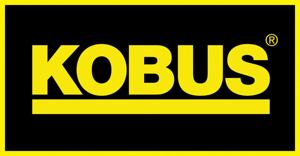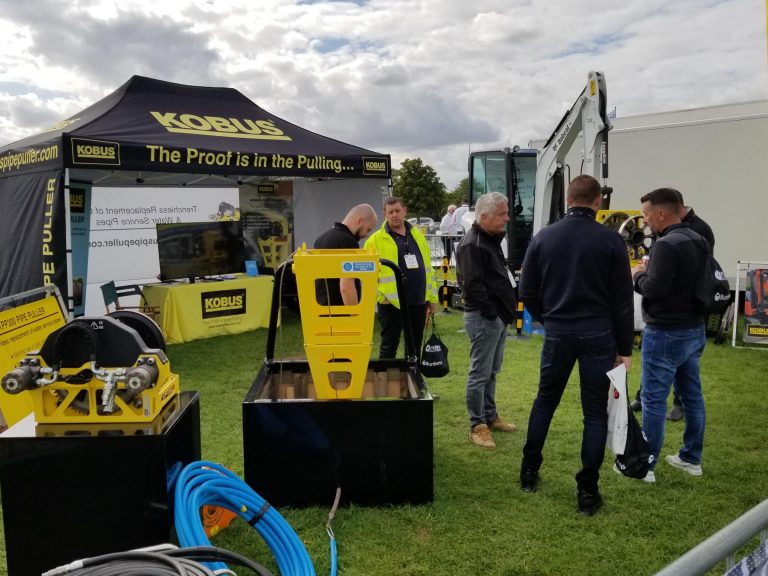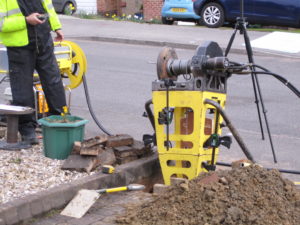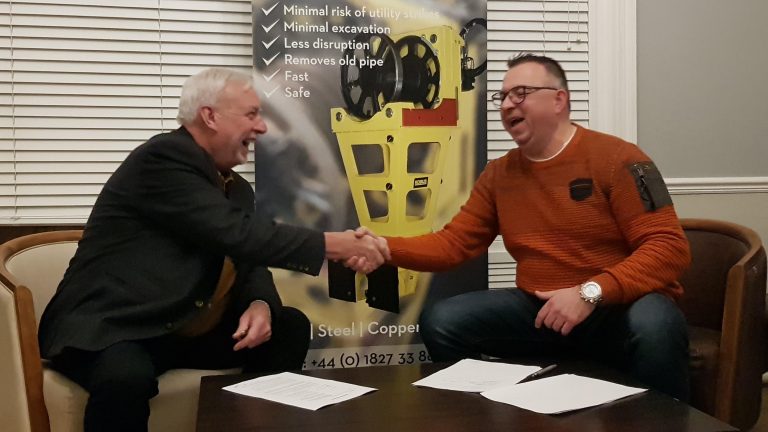In recent years the infrastructure of our gas and water pipes has rapidly declined, creating challenges and a need for pipe replacement with new innovative pipe pulling technology designed to restore up to 100-year-old pipes.
Pipe replacement
In the UK, for example, the original infrastructure of the gas pipes was primarily made from galvanised steel, which is known to be prone to corrosion, therefore needing to be replaced.
The challenges being faced by pipe replacement contractors come from a variety of factors. Starting with assessing the actual scale of the replacement project. In the UK alone, there are estimated to be over 275,000 km of gas mains, which is being replaced at approximately 4,500 km per year.
Time & utility strikes
Furthermore, assessing the time it will take to complete a replacement job, and how utility companies can reduce this time in order to keep a variety of knock-on effect factors at a minimum, including costs and impact on the public. A significant advance in trenchless technology has become a widely used solution to this factor.
Other important challenges faced by pipe replacement projects is the prospect of utility strikes when working with gas and water pipes. The risk of damage to other piping is always high. Pipe pulling reduces this utility strike risk factor, keeping local residents and workers safe, and disruption to a minimum.
Disruption & safety
Aiming to keep disruption to a minimum for homeowners and the public is necessary during pipe replacement. By digging up original ground surface it can take extended amounts of time and is non-economical when restoring the ground to its original state.
Fewer homeowners are willing to let gas and water companies replace pipes due to the disruption, therefore leading to further deterioration of outdated pipelines.
Keeping the safety of workers and public in mind during pipe replacement is imperative with contractors working in public places, turning them into potentially dangerous construction sites with gaping holes left during the initial dig phase. This danger aspect is especially reduced by the innovative use of trenchless technology making the replacement much safer for everyone involved.
Reinstatement & moling
Reinstatement of property in a public area once pipe replacement has finished is also time-consuming and costly. For example, public crossings follow a specific set of material guidelines that in turn need to be followed to be reinstated. Reinstatement involves returning the ground to its original structure, this can vary for each project. It also depends on the size of the excavation taking place to how long and costly it will be to fill and mend once excavated. Another bonus of pipe pulling is that it requires very little excavation therefore more economical to reinstate.
Moreover, ground conditions can never be guaranteed to be optimal for each pipe replacement project. The success of moling depends largely on its operator. However, the softness and hardness of the surface ground also plays a factor in carrying the weight of the mole and in what direction it enters the ground. This technique helps alleviate the chance of losing pipes while pulling, avoiding more disruption to surface ground.
Economical & environmental challenges
For pipe replacement contractors keeping construction machinery safe and useable also ties in with keeping a pipe replacement project economical. Pipe pulling machinery can be costly, especially to repair. To keep costs down contractors would want to maximise the cost life of their machinery. However, the cost of the machinery rises considerably in correlation to the size of the equipment itself. Therefore, by using a smaller more efficient machine such as the KPP300 or KPP400, you can minimise the costs, also it takes less workers to operate due to its small size.
Finally, old decommissioned pipes that are left in the ground after new pipes are fitted are a hazard and contamination factor to the ground below and considered environmental waste. Due to this the old pipes need to be disposed of correctly. Pipe pulling extracts the old pipe in the same procedure as inserting the new one, therefore eliminating any chance of decommissioned pipes being left to contaminate the ground.
For more information on how our pipe pullers can help combat these challenges, please contact us.



